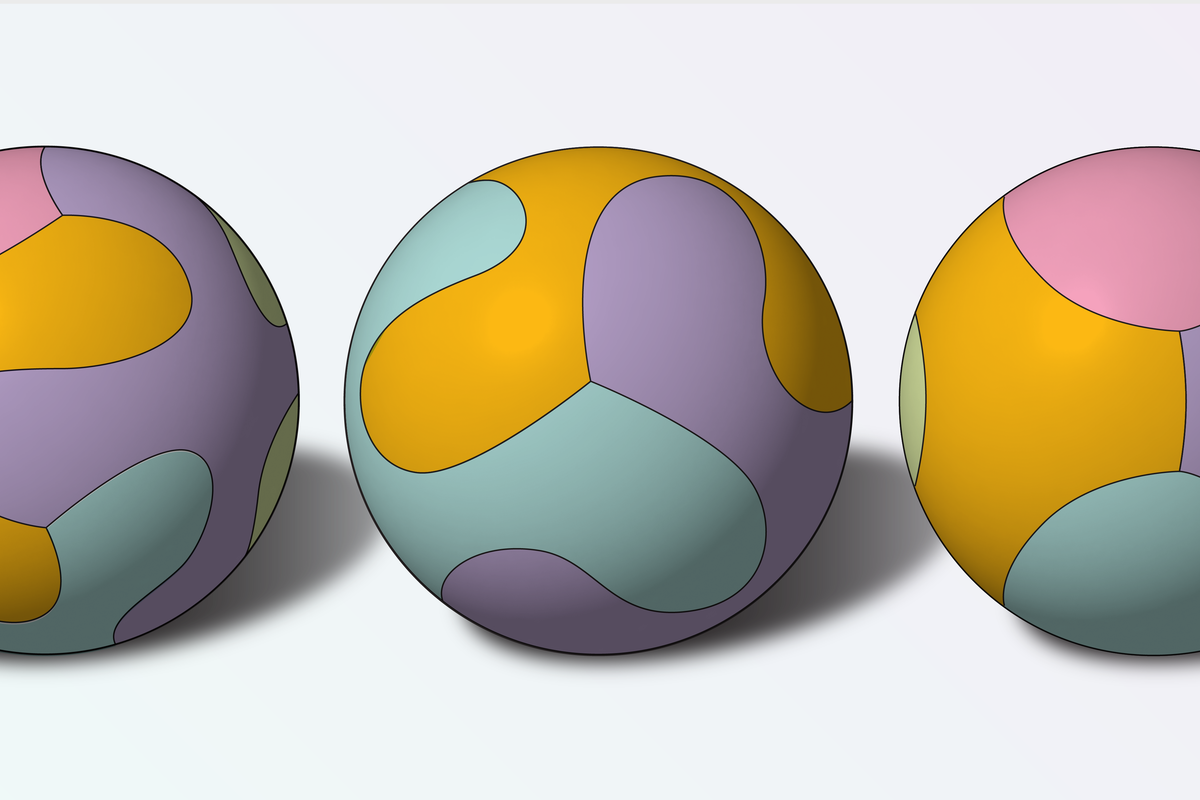
"The new ball for the 2026 FIFA World Cup, named Trionda, features a design with only four panels, the least used in World Cup history, compared to the previous 20-paneled Al Rhila ball."
"The Trionda has been designed with inspiration from platonic solids, particularly the truncated icosahedron, which unites roundness with a geometric structure, highlighting the balance of aesthetics and performance."
The Trionda ball for the 2026 FIFA World Cup incorporates innovative design elements, joining the U.S., Mexico, and Canada as co-hosts. With just four panels, it has fewer segments than any previous World Cup ball, such as the 20-panel Al Rhila used in 2022. This simplification returns to fundamental geometrical concepts, drawing from mathematics and physics principles, particularly the truncated icosahedron shape which balances both performance and aesthetics in soccer ball design. The ball celebrates the spirit of collaboration among the three nations hosting the event.
Read at www.scientificamerican.com
Unable to calculate read time
Collection
[
|
...
]